Padua is located in the Veneto region of Northern Italy, and often overshadowed by its more famous neighbors, Venice and Verona. But don’t let that fool you into thinking that Padua isn’t worth visiting! The city is home to the world’s first botanical garden and a renowned university where Galileo and Copernicus honed their scientific theories. It is also where you will find the famous Scrovengi Chapel frescoes that were painted by Giotto in 1305. There are so many interesting things to do in Padua, it deserves to be on every traveler’s Italy itinerary!
Botanical Garden
The Padua Botanical Garden was first planted by Benedictine monks in 1545, making it the oldest in the world. This UNESCO site played an important role in the study of medicinal plants and is still used by researchers today.
The garden’s original circular layout remains unchanged. It is divided into sections for ease of study, and includes rare and exotic species like the Venus fly trap and Bird of Paradise. The poisonous plants section reads like a list of possible murder weapons in an Agatha Christie novel!
A palm tree that was planted in 1585 reigns as the oldest surviving specimen and is protected within a special glass greenhouse.
Scrovegni Chapel
In 1303, Enrico Scrovegni, a wealthy banker in Padua, commissioned Giotto to decorate his family’s chapel. Giotto was then an up-and-coming painter from Florence known for lifelike renderings previously unseen in the medieval art world. The resulting frescoes, which cover every surface of the chapel, are considered among the most important masterpieces of Western art.
Scenes depict the life of the Virgin Mary, from her birth and marriage to the Passion of Jesus. The level of detail is so fine, it’s hard to believe that the entire project was completed in less than two years. The frescoes have been restored several times over the centuries, but the vivid blue color is original.
To protect the delicate paint, the air inside Scrovegni Chapel is rigorously regulated and access strictly granted through timed tickets which must be purchased in advance. Photos were prohibited when I was there, so the two images above come from Wikimedia Commons.
Bo Palace
The University of Padua is the second oldest in Italy, having been founded in 1222. It started off as a law school, but other subjects were soon added to the curriculum and an atmosphere of academic freedom was cultivated. Polish astronomer Nicolaus Copernicus, who revolutionized the model of our universe, studied medicine at the University of Padua from 1501-1503.
Galileo joined the faculty in 1592 as a mathematics professor and has called his 18-year tenure the happiest time of his life. An anatomical theater was built in 1594 and used for the study of anatomy for nearly three hundred years. It’s possible to view this theater as well as the podium where Galileo gave his lectures on a guided tour of Bo Palace, the historic core of the university. The arcades of the central courtyard are adorned with the coats of arms of the university’s many illustrious students and professors.
Basilica of St Anthony
St Anthony is the patron saint of Padua and his final resting place is a Renaissance wonder. The Basilica of St Anthony is one of only eight international shrines recognized by the Vatican, and is considered the most important site in Padua.
Scenes carved in white marble depict the saint’s many miracles and his green marble tomb is papered with requests from pilgrims seeking his intercession. The basilica was built around the Chapel of the Black Madonna, the original church where Saint Anthony worked during his life in Padua. The monastery he founded is attached to the basilica and a walk through the peaceful cloisters is encouraged.
Prato della Valle
The most dramatic attraction in Padua is the Prato della Valle, one of the largest public squares in Europe. In the Middle Ages, this was a marshy field used mainly for military exercises. But in the 18th century, a clever Venetian had the idea to drain the swamp to create the beautiful space we see today.
It features an elliptical canal that is lined with 78 marble statues of prominent townspeople, including Galileo, as well as several Popes. Apparently there also used to be some Venetian Doges in the mix, but Napoleon had these statues destroyed when he conquered the city. Four bridges lead across the canal to a grassy park at the center.
Medieval Markets
At its heart, Padua is a market town. Vendors have been hawking their wares in the Piazza delle Erbe and Piazza della Frutta for over 800 years! Every day except Sunday, stalls are piled with fresh fruits and vegetables as well as dried fruit, spices, nuts, and herbs. In the Sotto il Salone market you’ll find local cheeses, cured meats, fish, fresh pasta, and wine. Wandering the narrow lanes, I also saw stands selling books, clothes, and all manner of knickknacks. Padua is truly a shoppers paradise!
Padua is a short 30 minute train ride from Venice, making it an excellent choice for a day trip. Be sure to check out my two-day guide to Venice when planning your travel itinerary for the Veneto region.
PIN this blog for later!
Know of any other fun things to do in Padua? Share them in the comments!
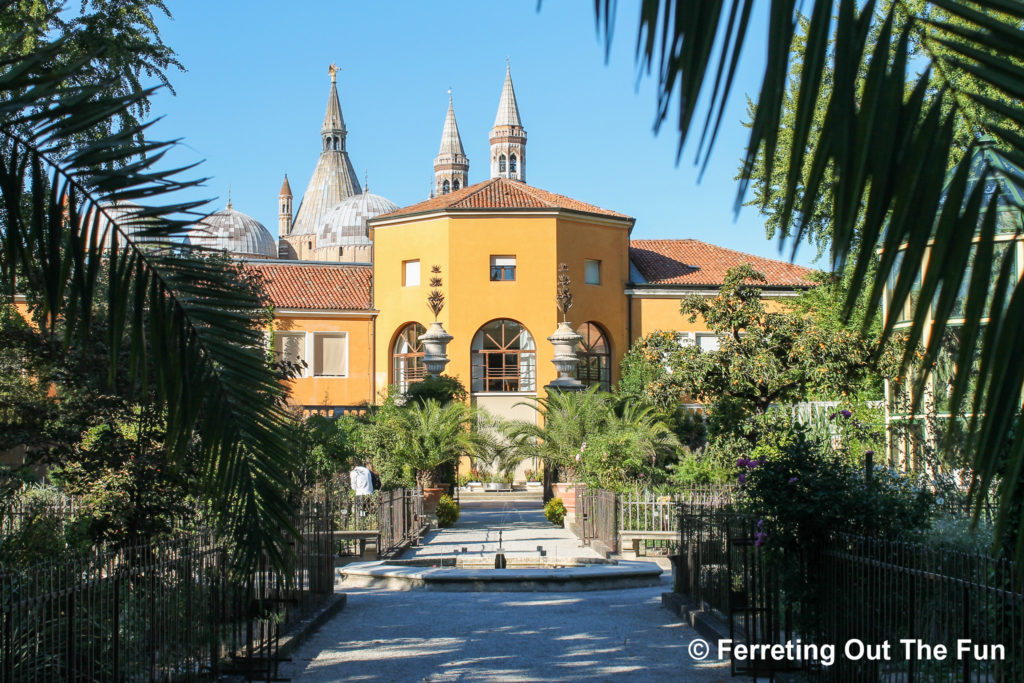
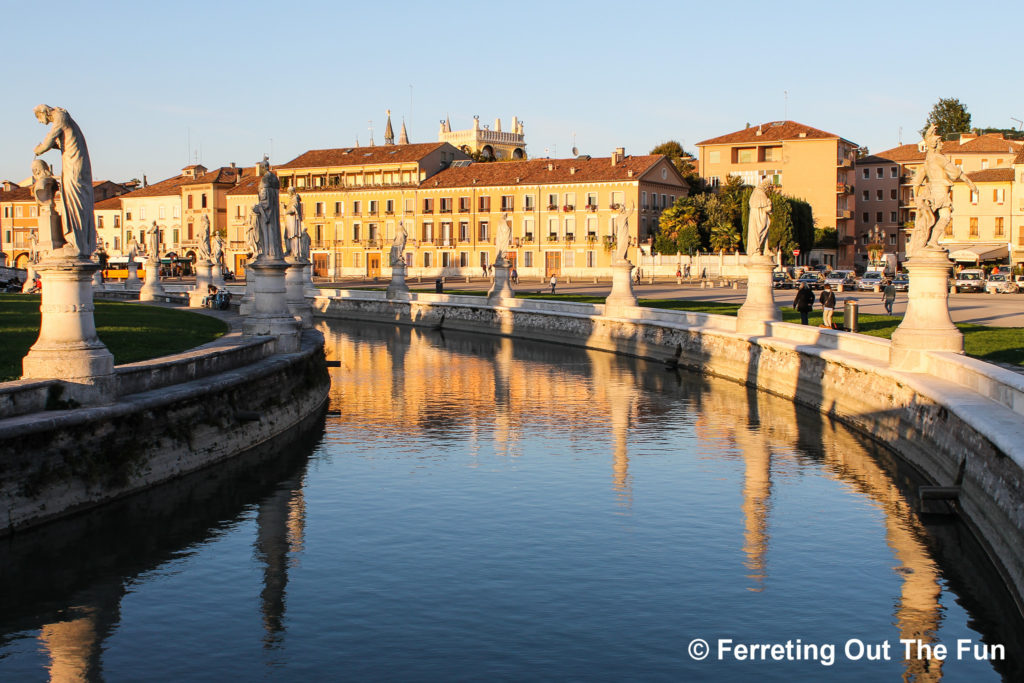
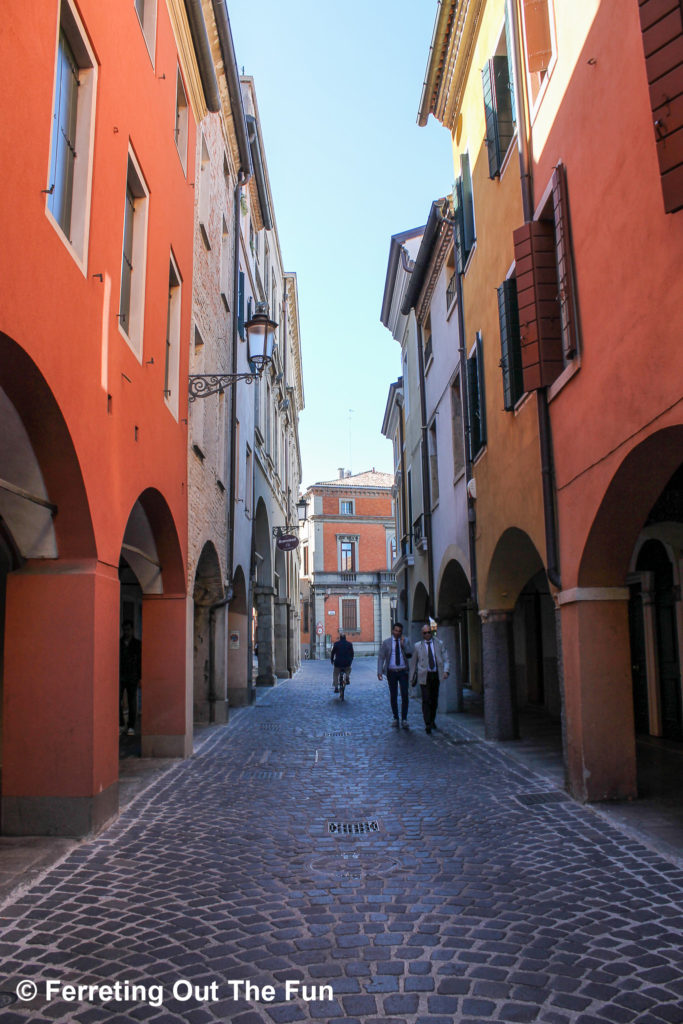
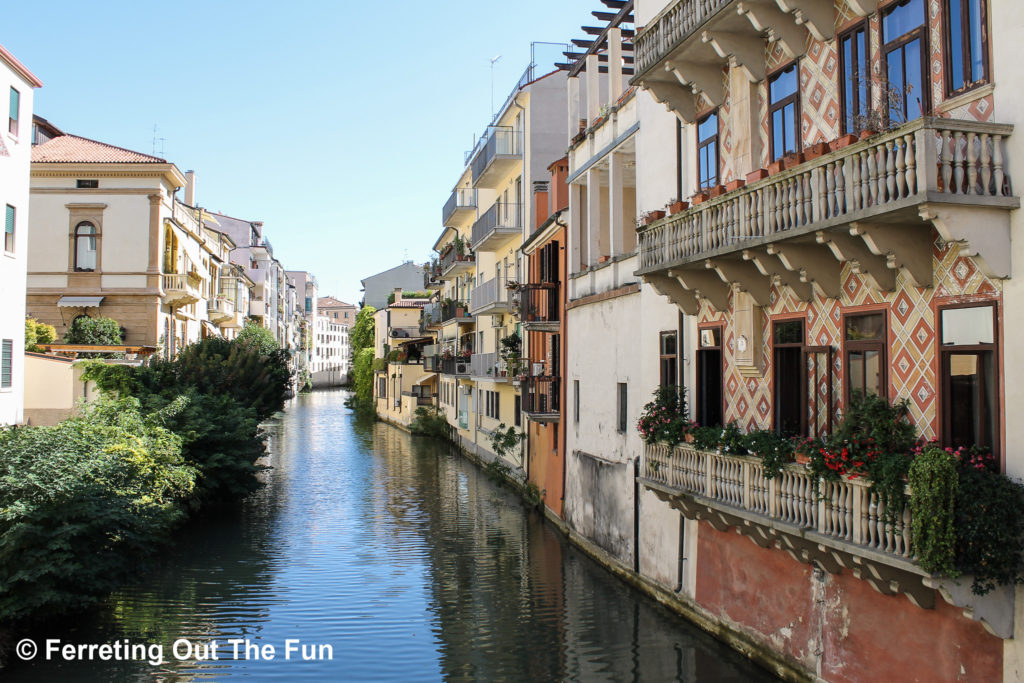
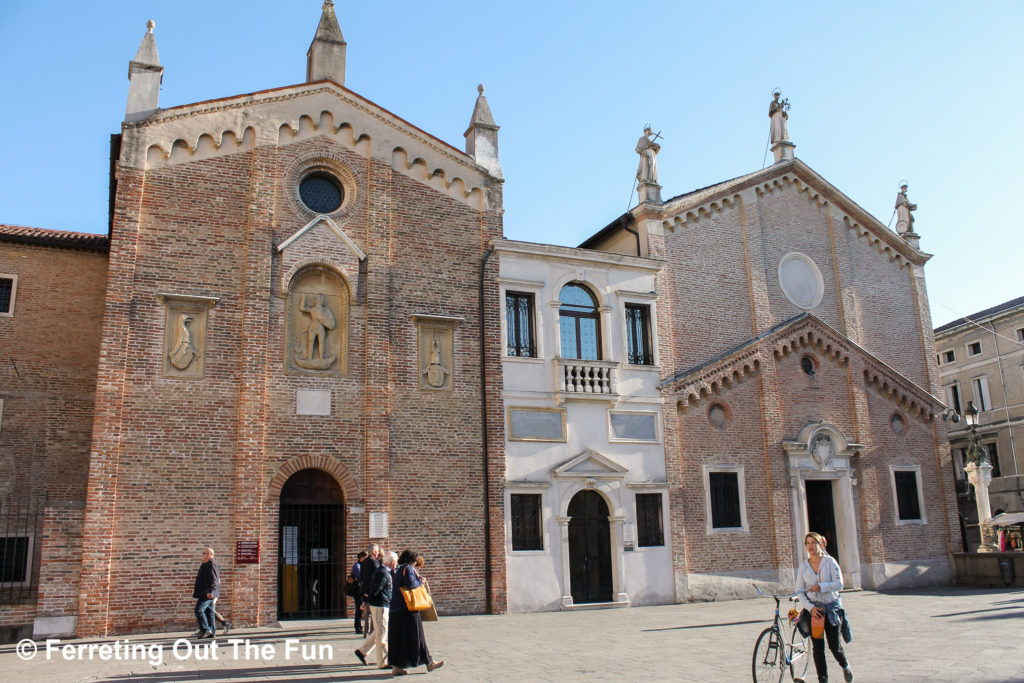
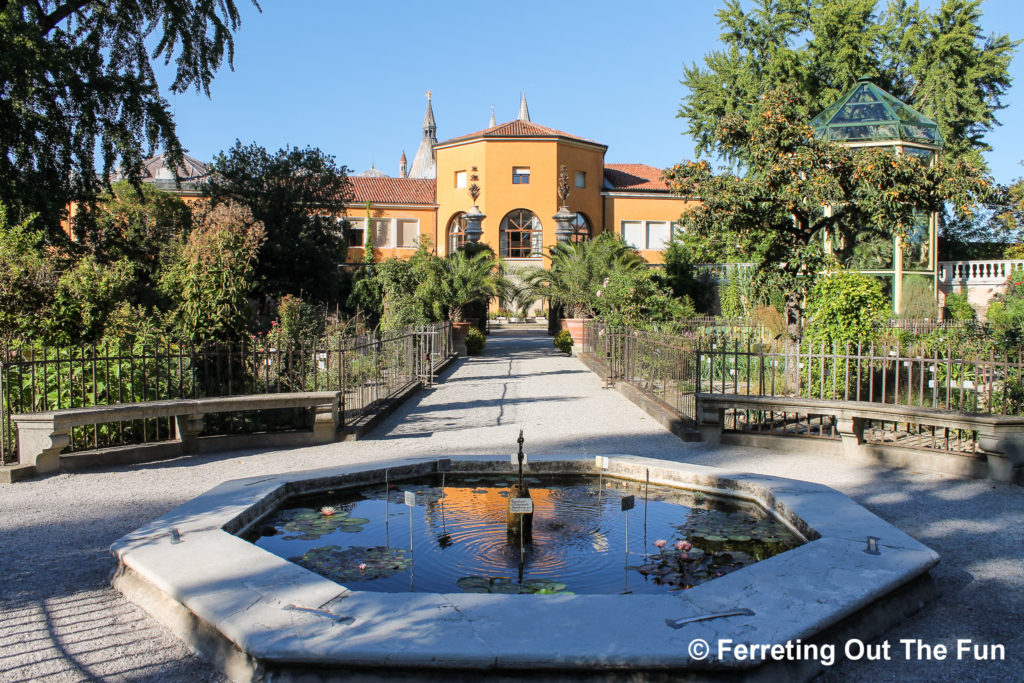
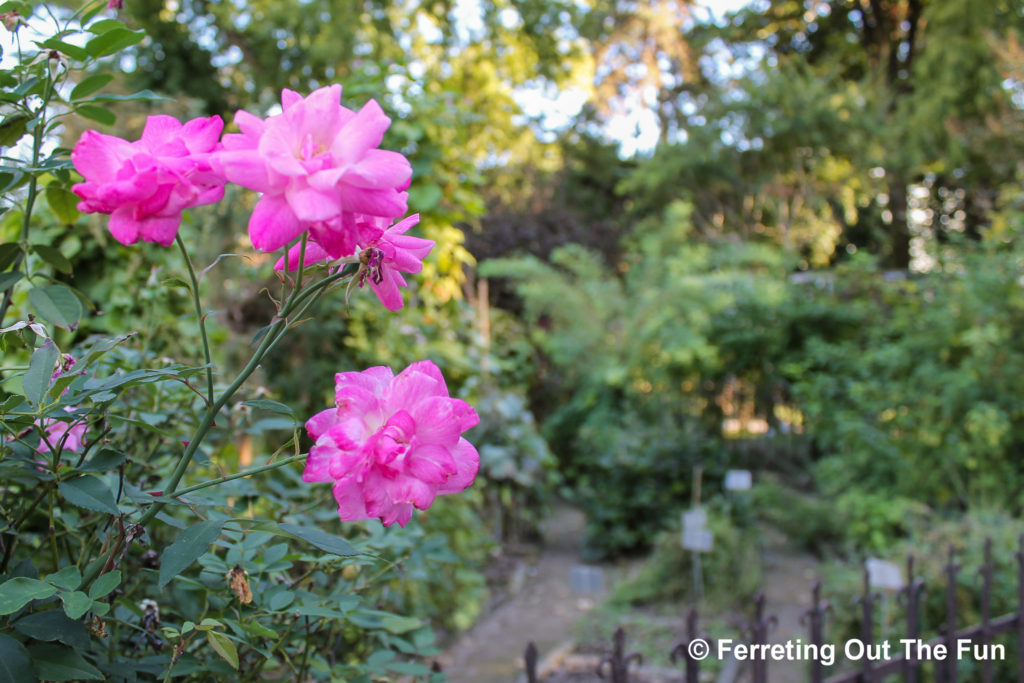
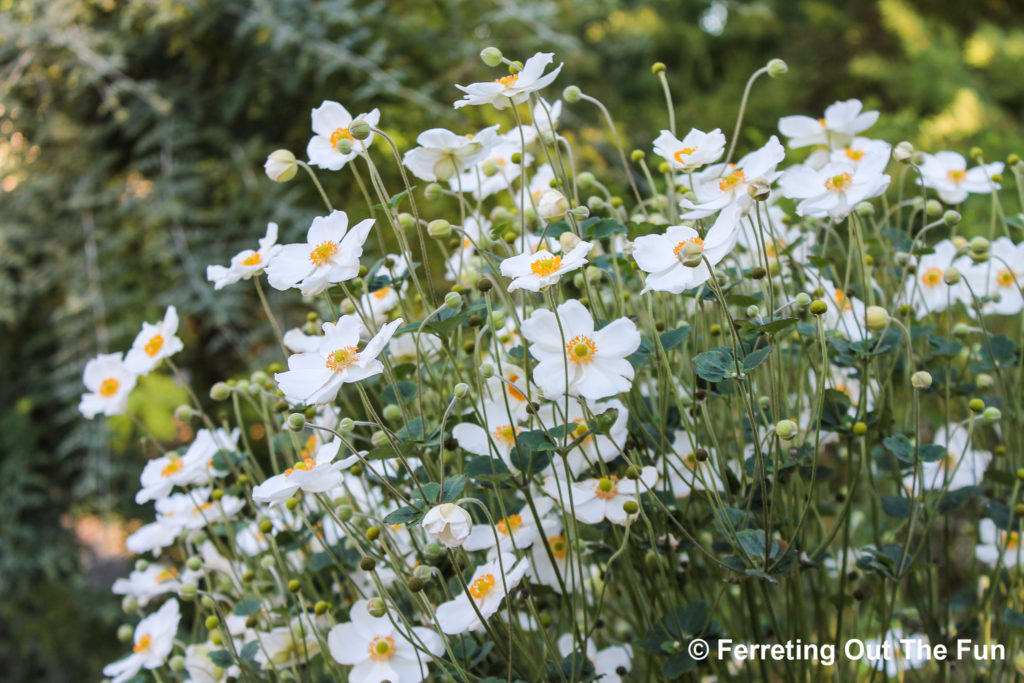
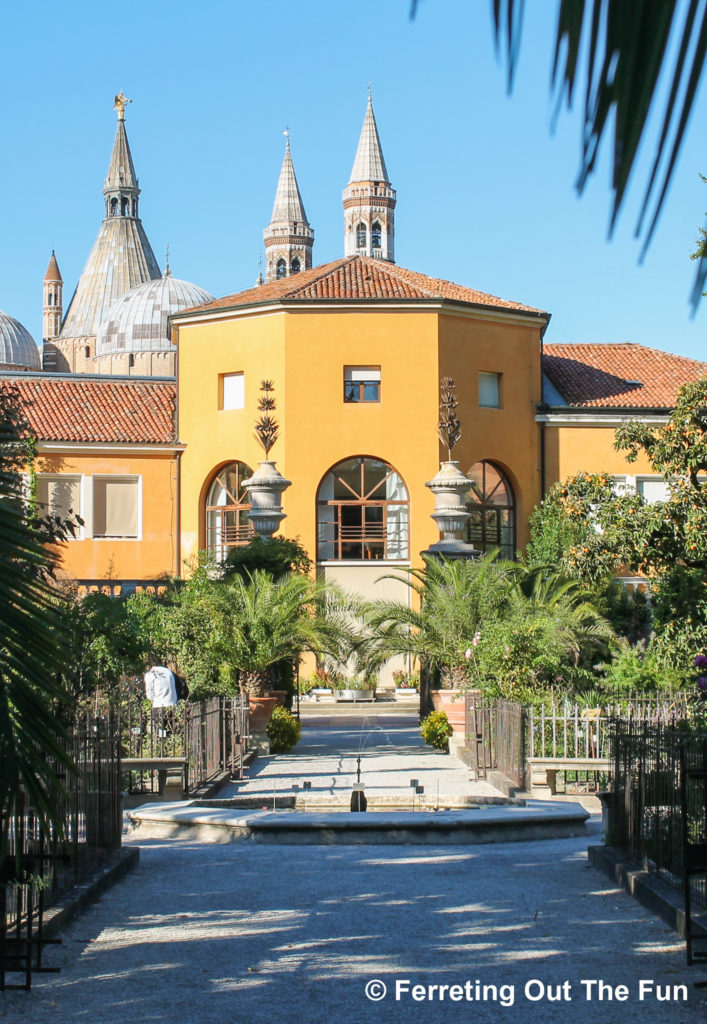
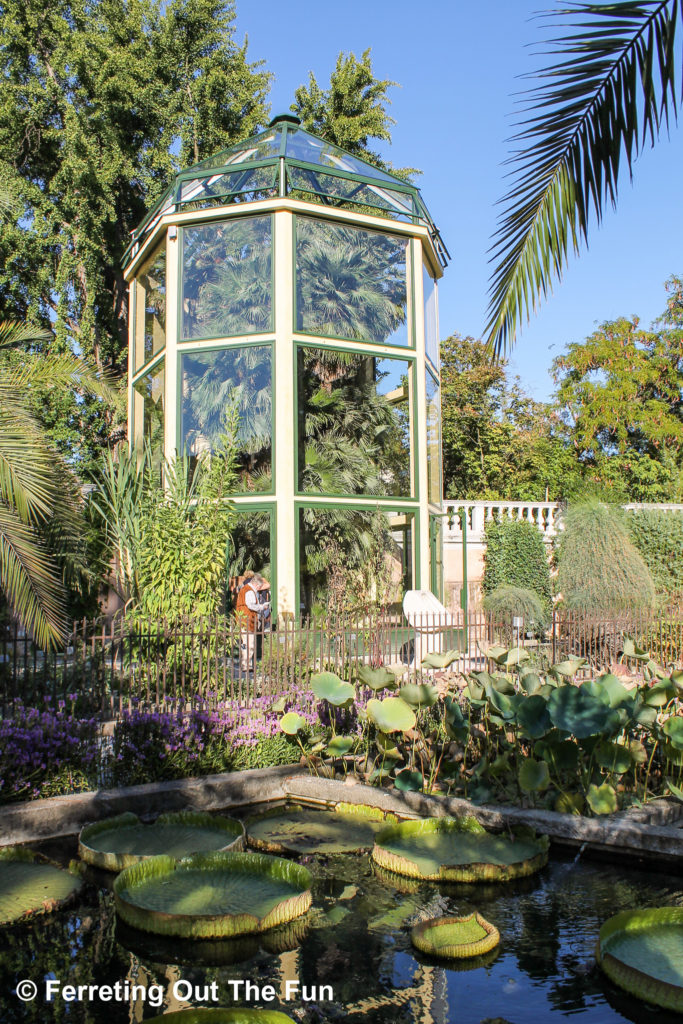
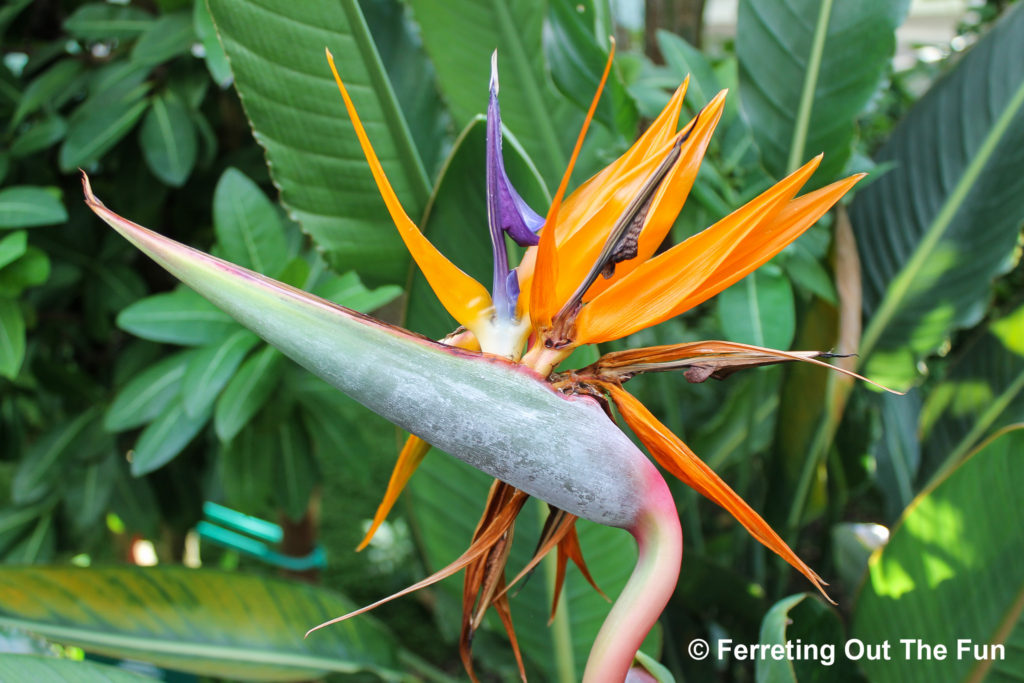
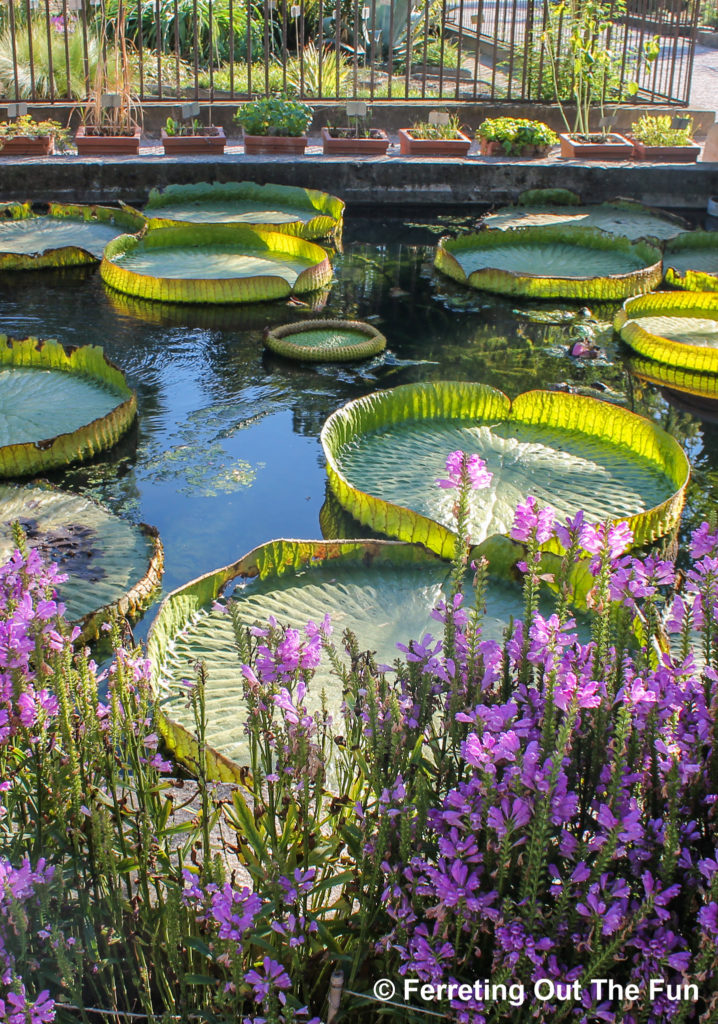
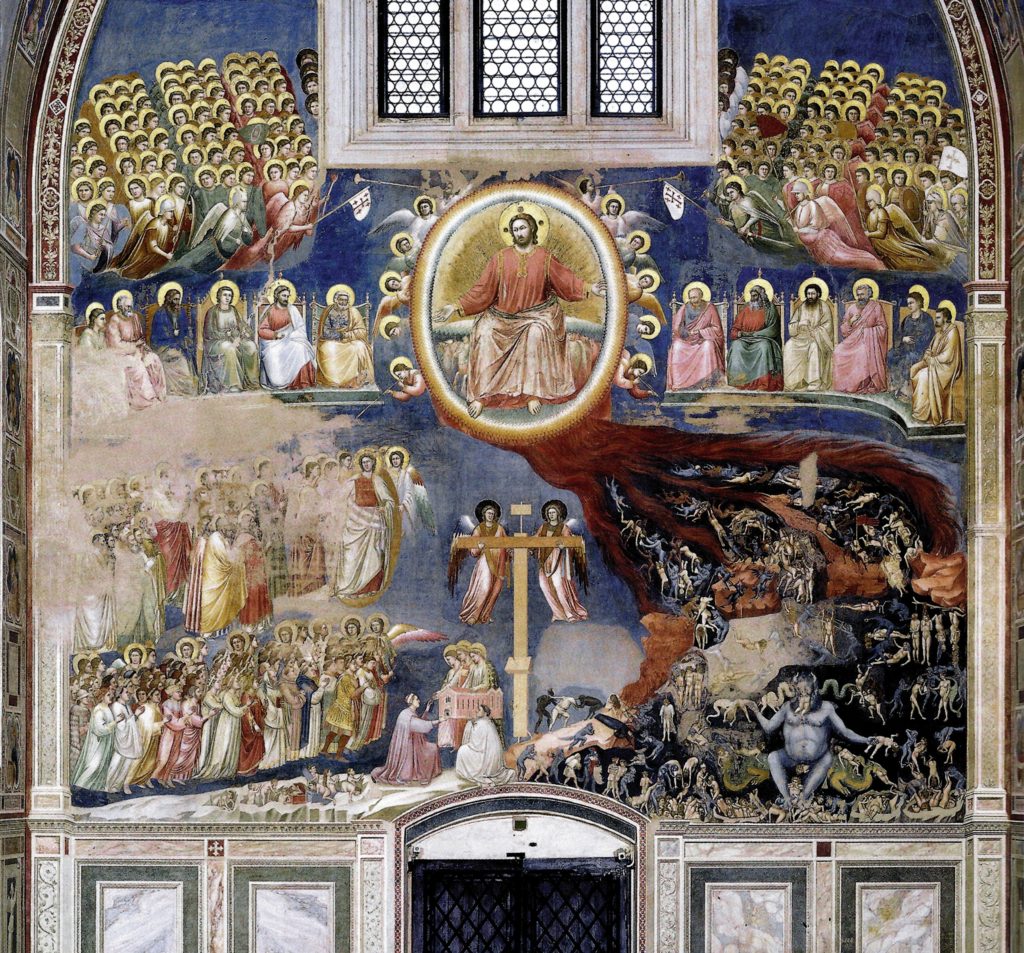
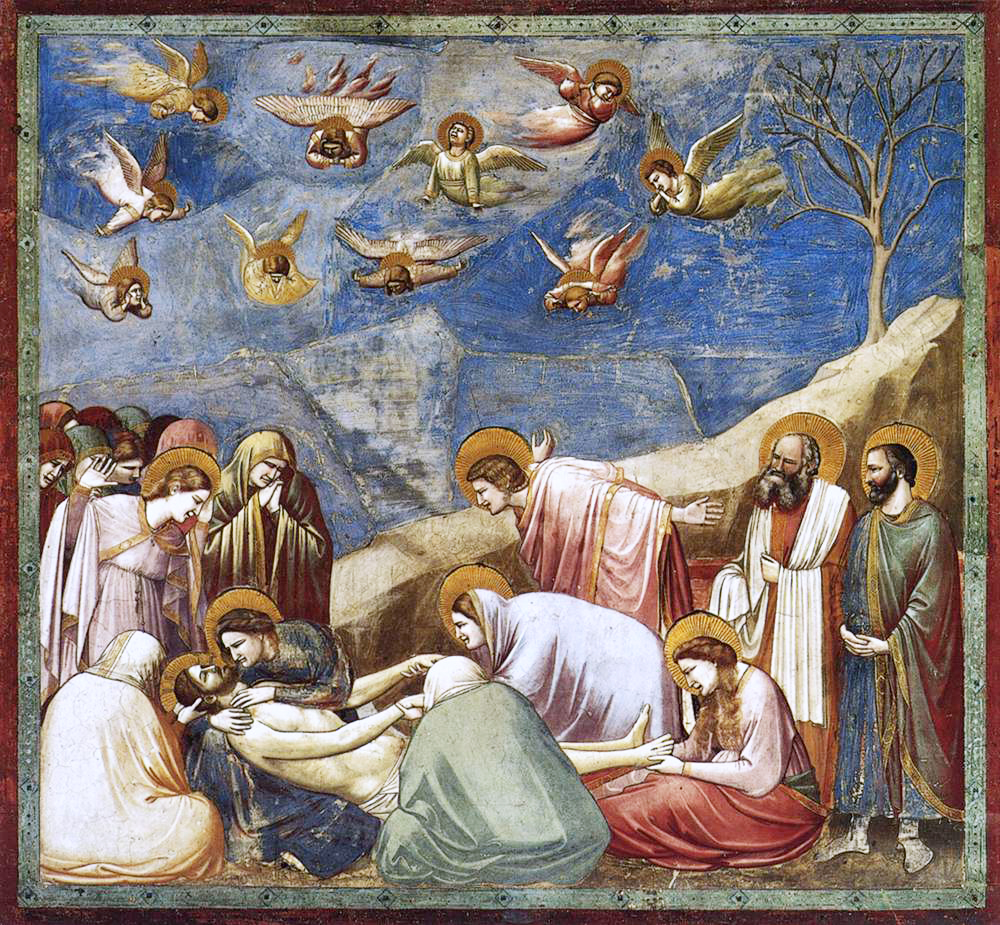
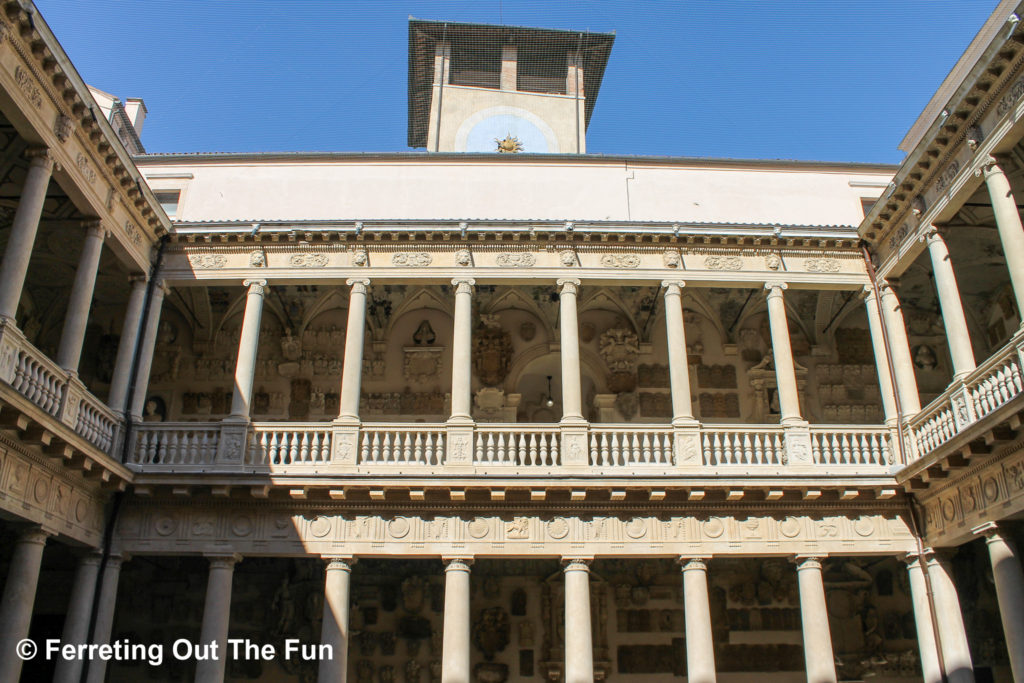
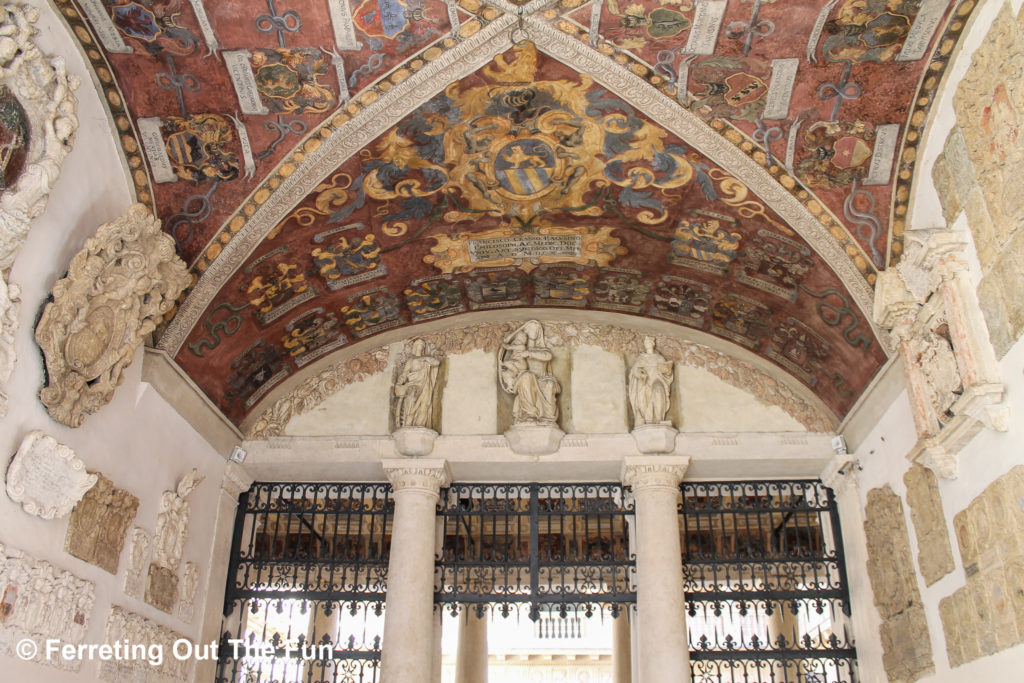
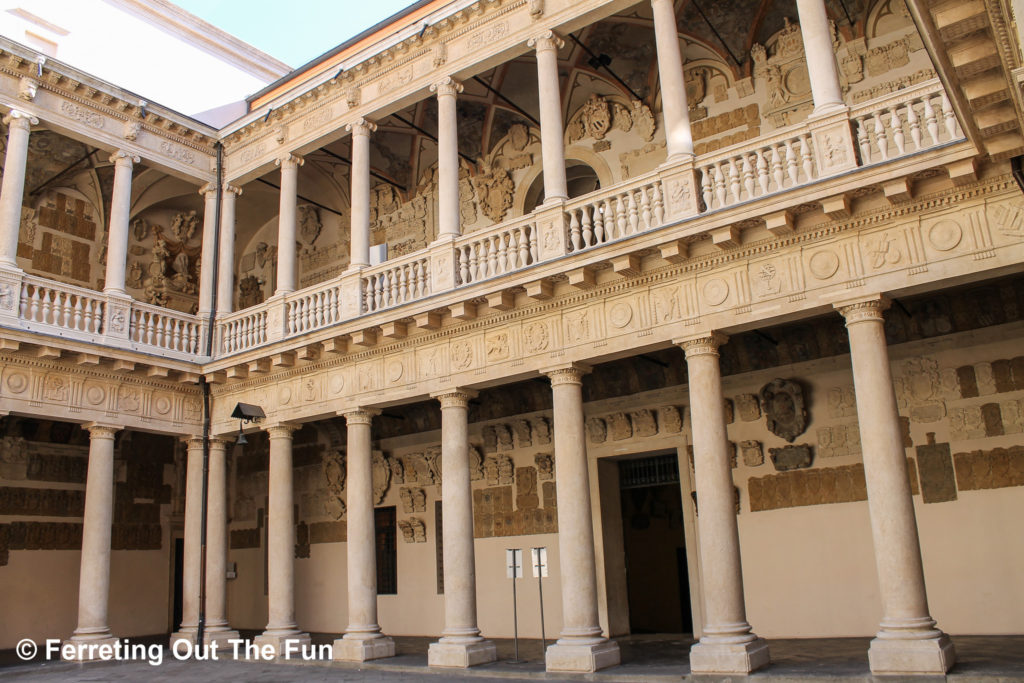
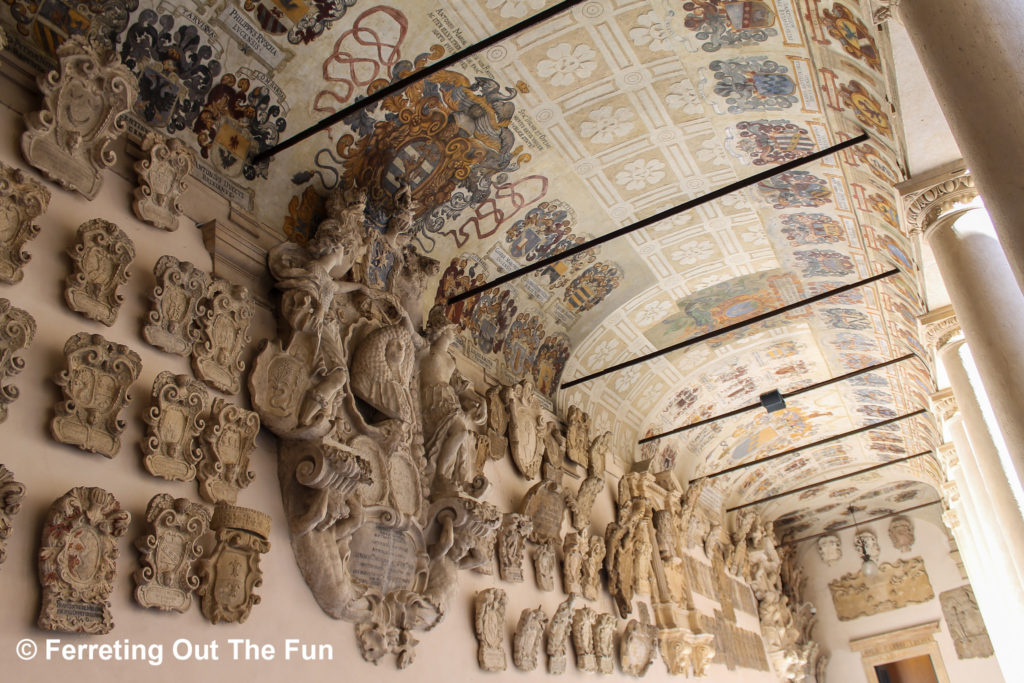
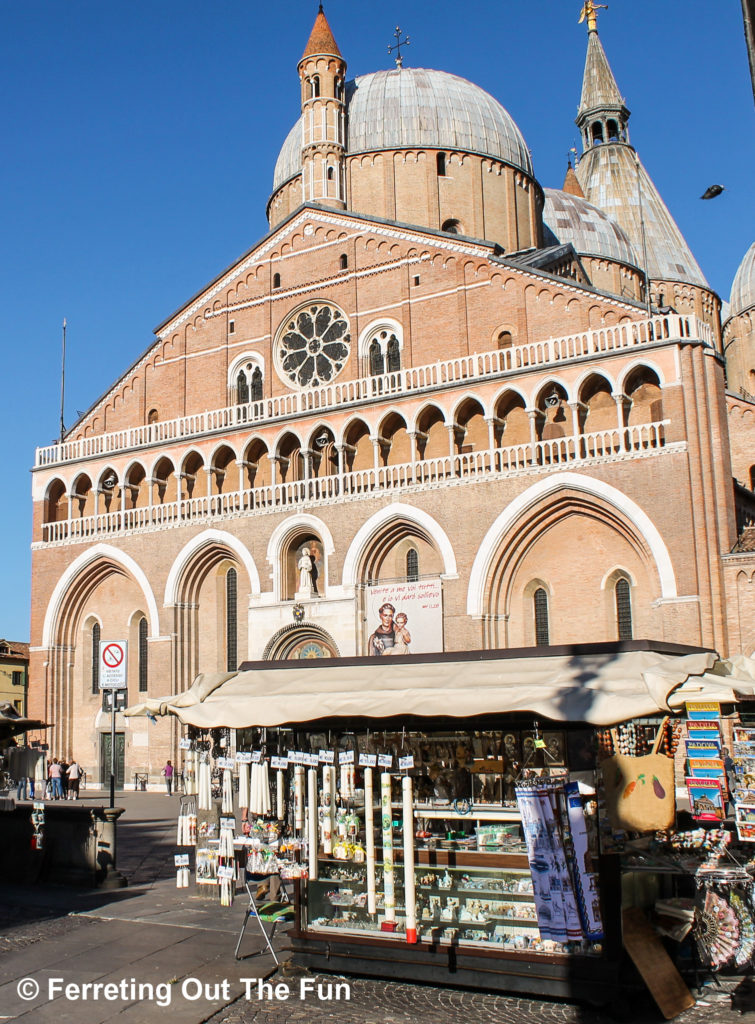
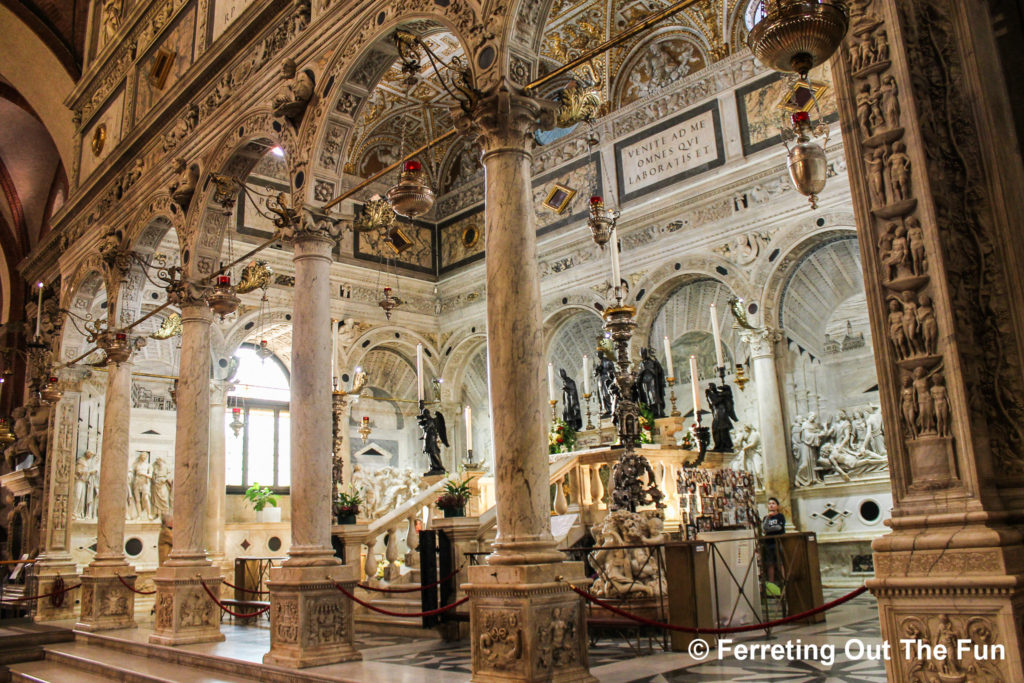
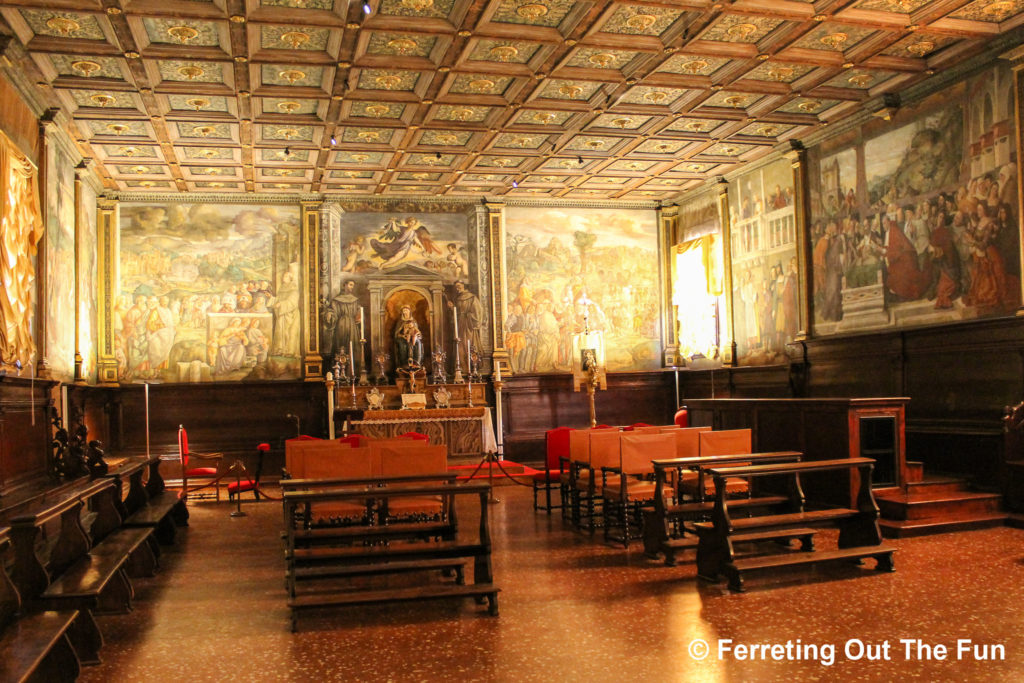
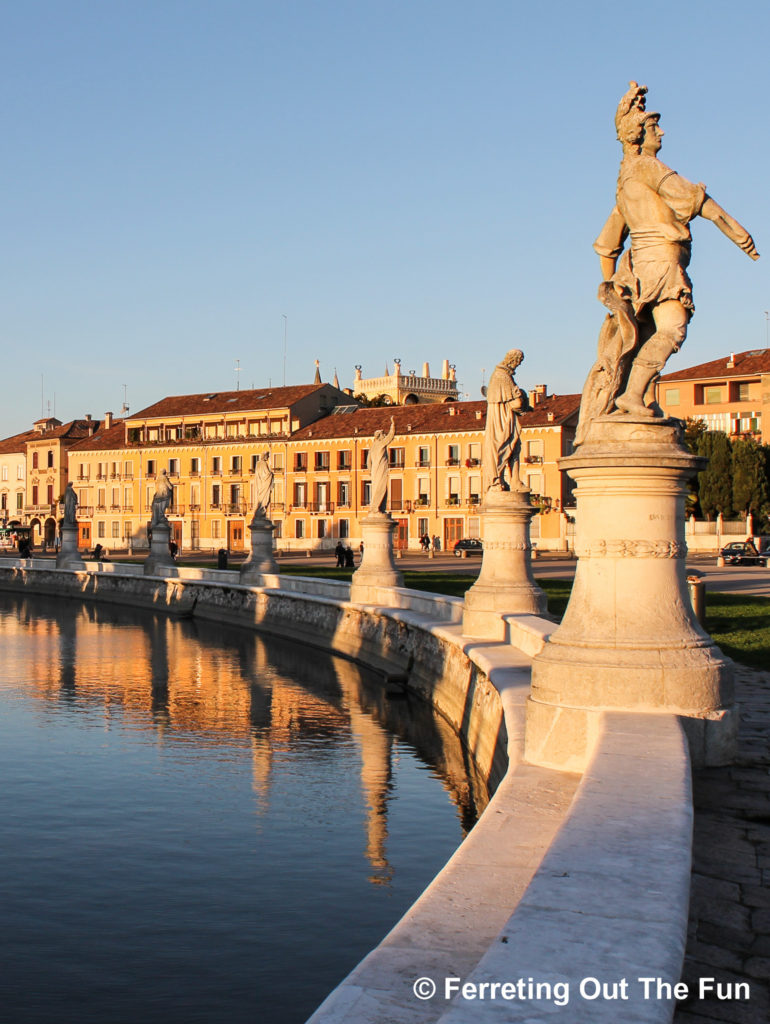
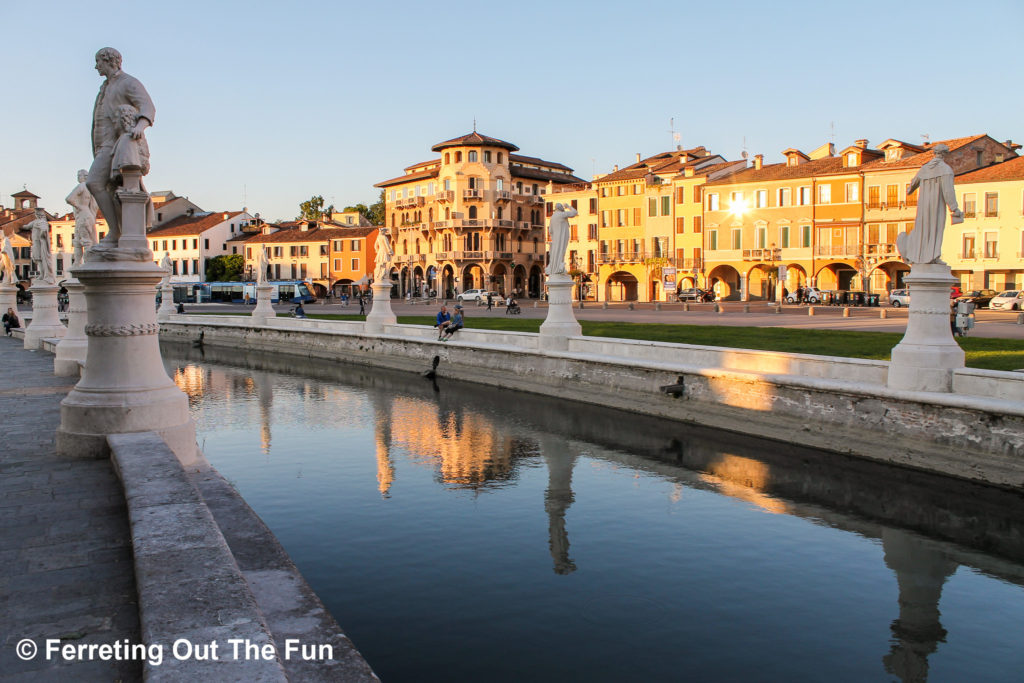
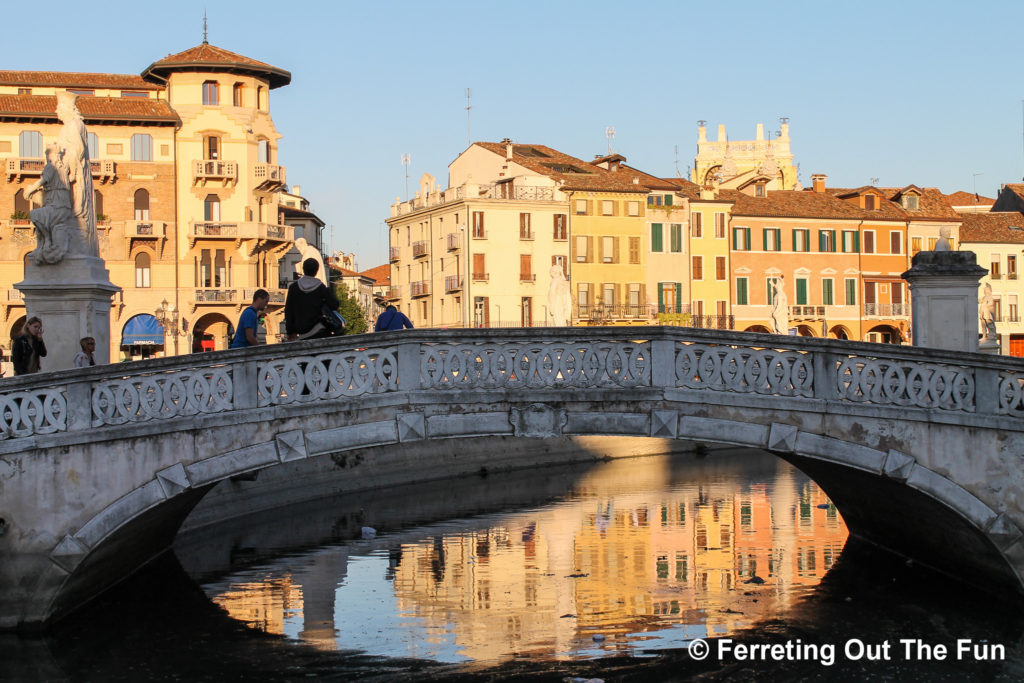
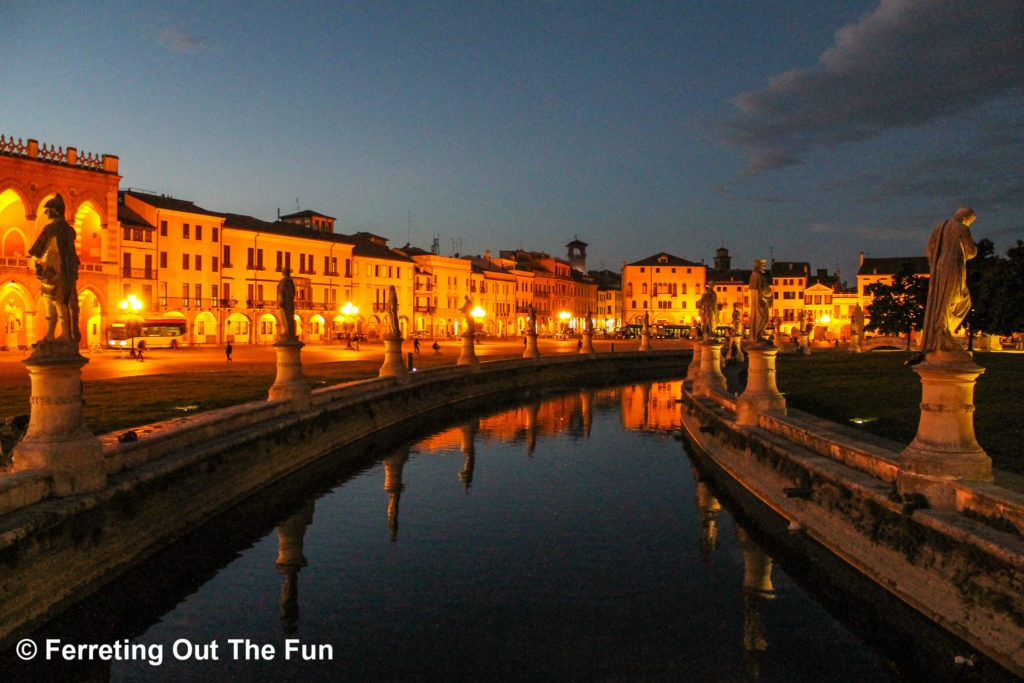
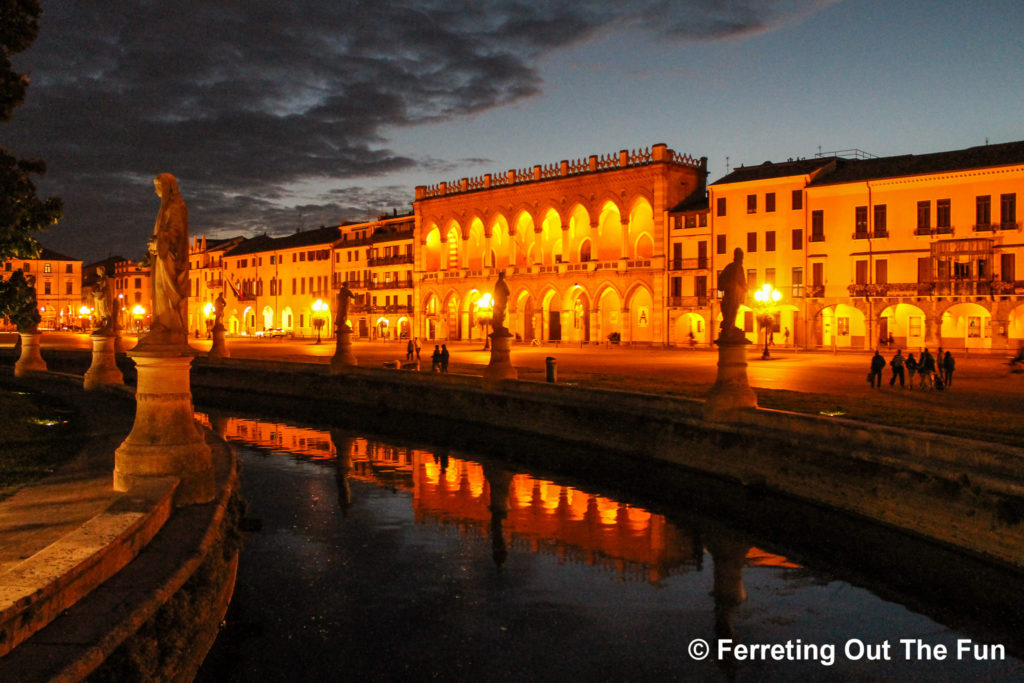
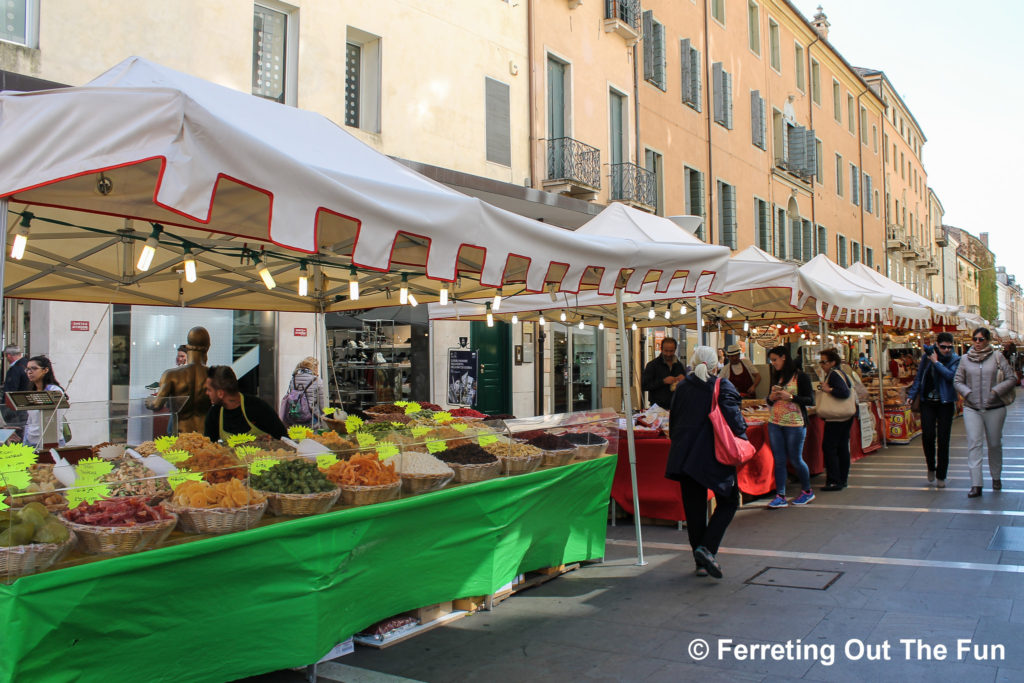
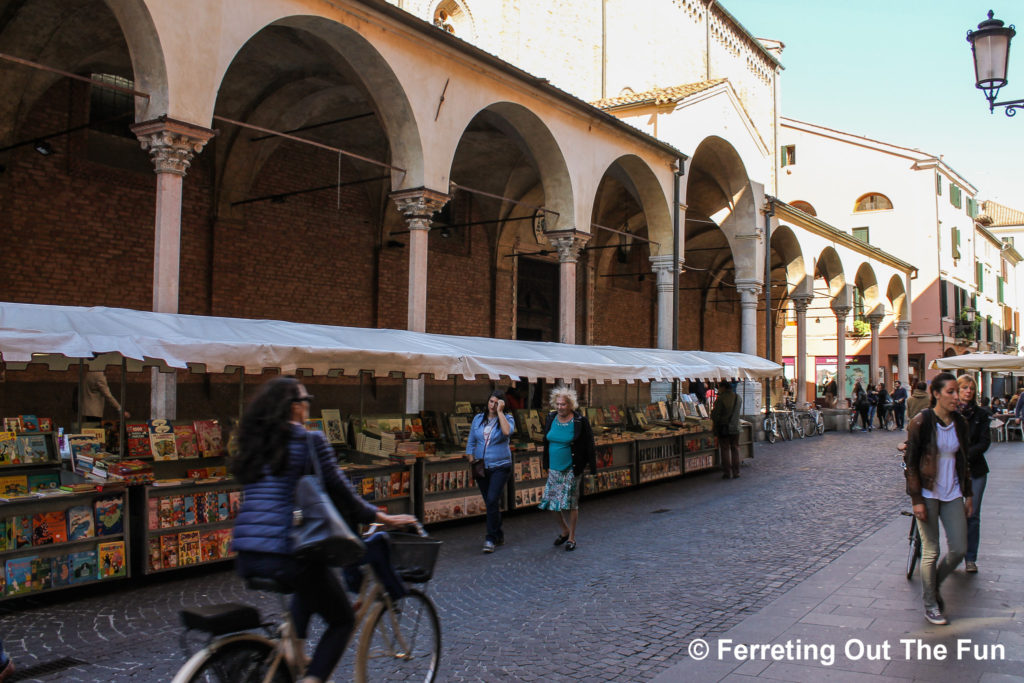
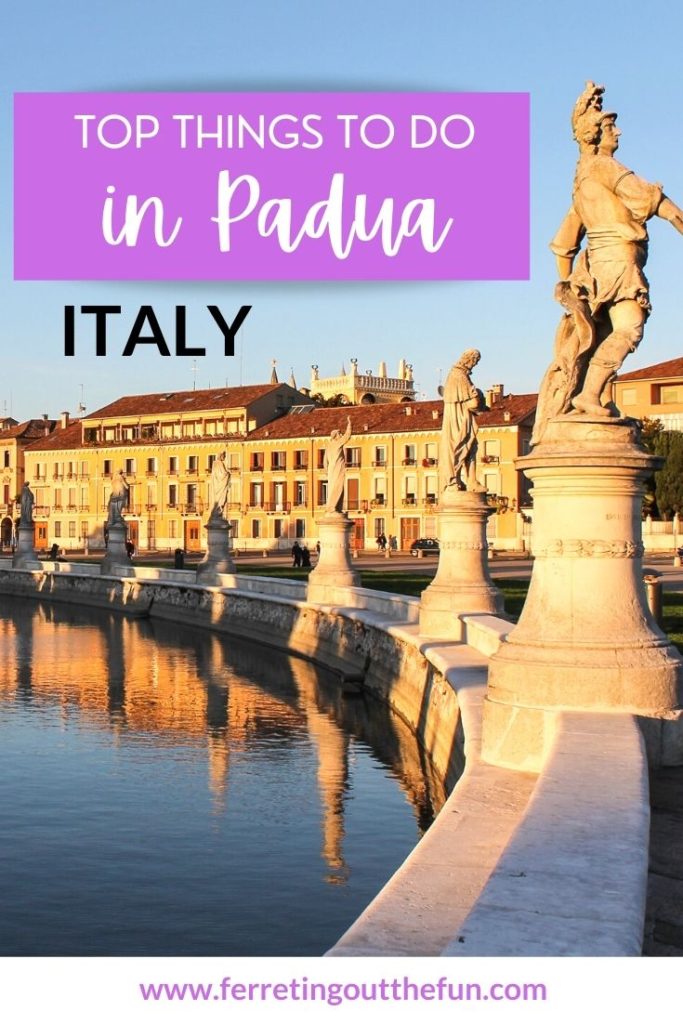
Another great blog !! Love all the pictures and information about each place. Would have loved the botanical garden.